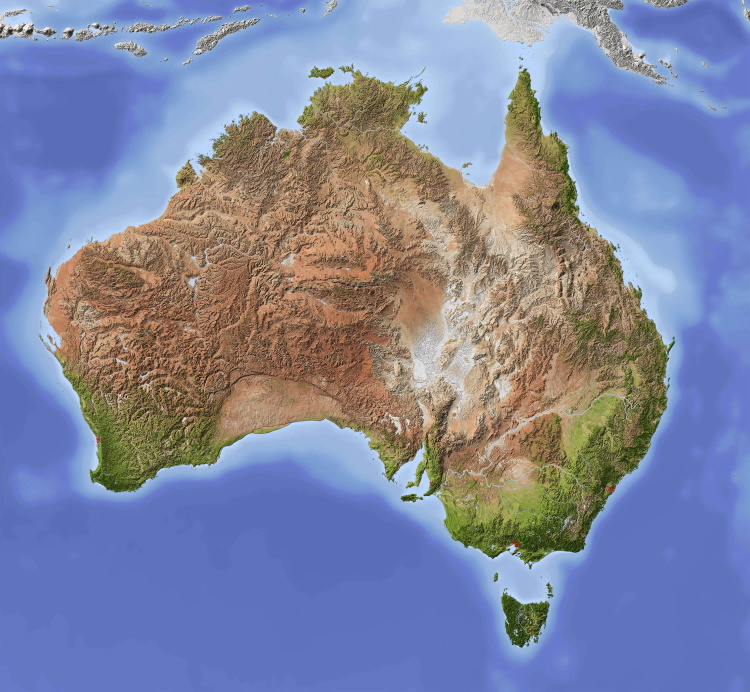Tesla announced it had quit the FCAI on Thursday and Polestar followed it up on Friday, saying the FCAI campaign – driven largely by Japanese car makers led by Toyota – is intolerable.
…
Tesla and now Polestar’s announcement that they intend to leave the FCAI adds to mounting pressure on CEO Tony Webber who last month came under fire for threatening to run a 2010 anti mining tax style fear campaign against the government’s New Vehicle Efficiency Standard.
The fossil car lobby group CEO claimed that the NVES would cost the entire car-buying public $38 billion in the first five years, which led to the AFR running a story titled “Labor’s new EV-boosting rules will cost $38b, auto group says” followed by Coalition leader Peter Dutton and Nationals Senator Matt Canavan parroting claims that the NVES would see the price of popular vehicles increase by up to $25,000. Claims that have been widely rejected including by the Electric Vehicle Council.


I get this. But my brain just can’t wrap itself around that you have the complexity and disadvantages of both systems in the one vehicle.too.
I’m in the city. Apparently having batteries means you couldn’t drive far enough and would catch on fire lol. I was asking someone the other day how often they drove more than 50km from their home, and they looked at me like I was an alien. Full on tilt.
Well, fuel cell EVs already need a battery because the fuel cell can’t do regen. So it’s already a hybrid, you’re just making the battery a bit bigger and adding a plug.